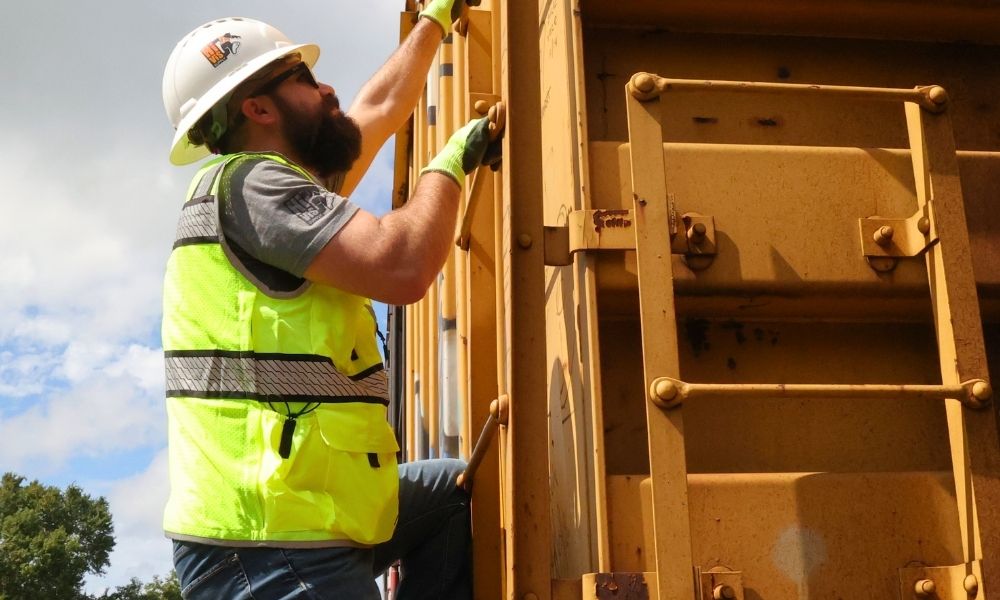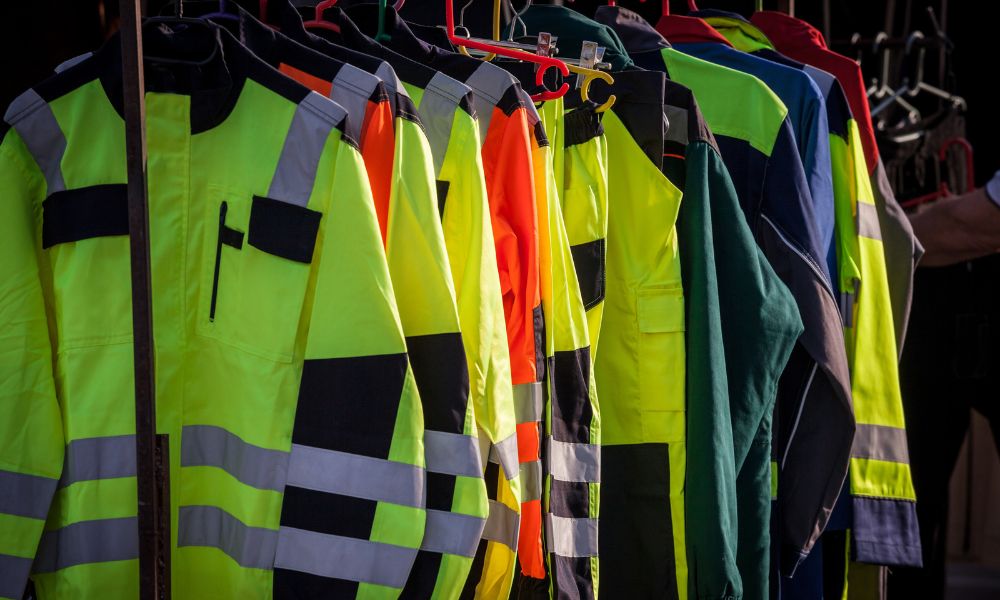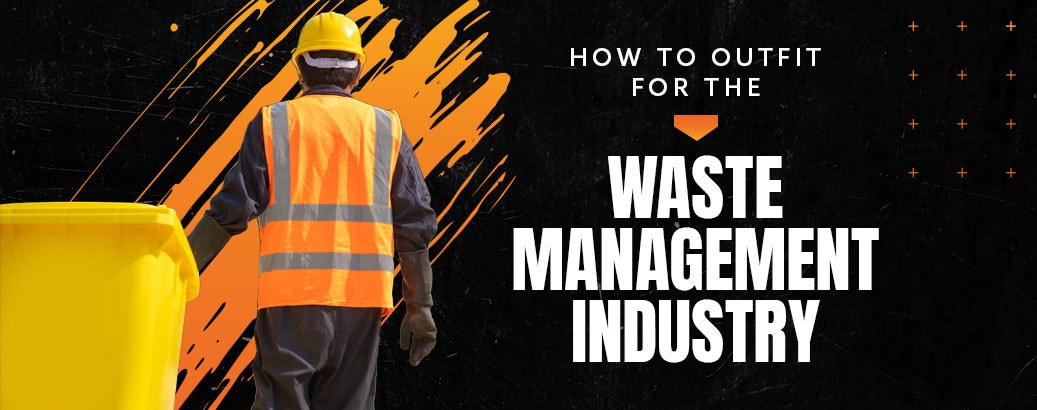Winter in the Workplace - Proper Safety Preparations
- By HiVis Supply
- Dec 14, 2013
 With winter in full swing, it's important that employers look out for the safety of their employees, especially those whose day-to-day tasks include working and traveling in cold temperatures while dealing with ice, snow, freezing rains and hazardous roadway or job site conditions.
With winter in full swing, it's important that employers look out for the safety of their employees, especially those whose day-to-day tasks include working and traveling in cold temperatures while dealing with ice, snow, freezing rains and hazardous roadway or job site conditions.
Just as the peak months of summer require extra attention to safety for the prevention of heat stress and heat-related illness, the winter months bring their own set of obstacles that can prove to be quite challenging if you're not properly prepared.
In addition to the workers own responsibilities such as dressing accordingly for the frigid cold, it's the job of the employer to ensure safe working conditions in regard to the work environment. This includes things such as a job site that's free of hazards (like excessive ice) and a company vehicle that's equipped with emergency supplies should weather conditions or a mechanical failure cause drivers to become stranded in a remote area in dangerously cold temperatures. Instead of assuming that "things will be fine", it's always a good idea to be prepared for the worst - just in case.
According to OSHA, 70% of workplace injuries that are a direct result of the weather are due to vehicle accidents while about 25% of injuries are obtained from being stranded in the cold during storm conditions.
We urge you - whether an employer or an employee - to be prepared, anticipate the hazards of rapid changes in the weather and to develop strategies for staying safe during extreme conditions.
Below are a few of the best practices that can be followed for specific situations. While there are many possibilities that aren't addressed, these are a few general guidelines to follow to help ensure safety and capability in emergency situations.
Traveling in Extreme Weather
• Inspect vehicles at regular intervals, preferably daily before use to ensure proper functionality of tires, brake systems, cooling systems and visibility features such and wipers and/or defroster.
• Equip each vehicle with a winter emergency kit. A kit should contain a minimum of a blanket(s), emergency radio, flashlight and fresh batteries, a heat source, road flares, jumper cables, and a shovel. Additional items may be needed depending on the location, weather and terrain.
Working in Extreme Weather
• Prevent Frostbite and Hypothermia: Both of these conditions are threatening to health and can even be fatal in extreme cases. Workers should dress properly to protect themselves from the extreme cold, wind and water. Waterproof and/or windproof clothing is a good idea and it's always smart to wear more than needed to keep warm. Layers can always be removed as needed so it's best to ensure maximum warmth. Drinking warm beverages and taking frequent breaks in warming shelters could be necessary during severe temperature situations.
• Avoid Slips and Falls: Although outdoor conditions can make it difficult to keep an area completely clear of hazards, it's a good idea to keep areas with high foot traffic clear of obstructions including ice and standing water. Wear boots that offer increased traction, keep slippery surfaces salted/sanded and avoid leaving tools or materials in the snow as low visibility can increase the risk of injury.
Remember, life threatening situations always come unexpectedly. Be sure to discuss and properly plan for winter weather safety with your employer, employees and/or co-workers. For more information on winter work safety, visit this helpful winter safety guide from OSHA.






